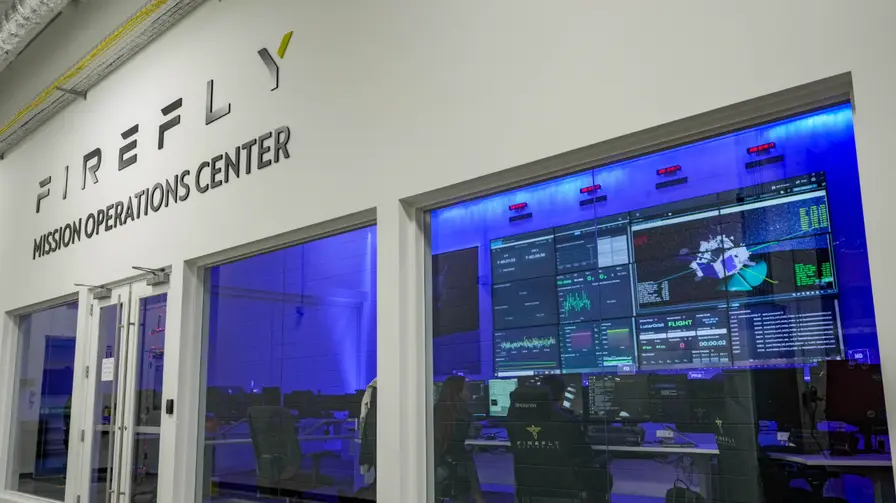T4K3.news
NASA plans lunar nuclear reactor by 2030
NASA aims to launch a small nuclear reactor to power a future Moon base by 2030, amid safety and cost questions.
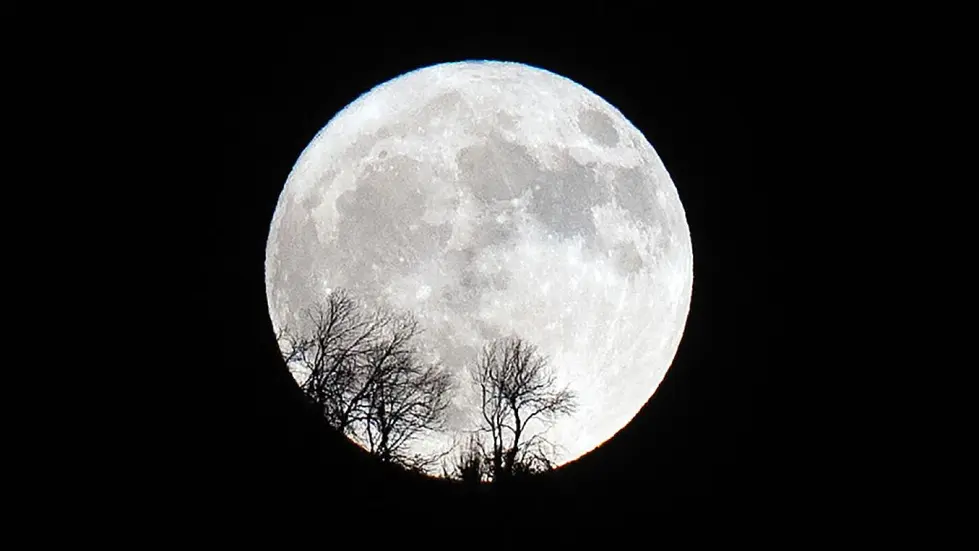
NASA is pushing to place a small nuclear reactor on the Moon by 2030 to power a future base, a plan that attracts questions about cost and safety.
NASA targets lunar nuclear reactor by 2030
NASA has directed planners to develop a nuclear reactor of at least 100 kilowatts electric for a Moon base, with a target launch by 2030. The reactor would be modest in size, generating power for a fraction of a Moon settlement and still far below Earth-based reactors. The move comes as the United States seeks lunar leadership amid rival ambitions from China and Russia.
On the technical side, the reactor would work much like Earth reactors but must shed heat into space through large radiators, since the Moon lacks air or water to carry away heat. Activation would occur only after the craft reaches a safe orbit away from Earth. Officials describe safeguards and a multiagency process, given the stakes for safety and long-term stewardship.
Key Takeaways
"The sun sets on the moon for two weeks."
Expert explains why lunar nighttime requires a continuous power source.
"It cannot blow up the moon."
Safety reassurance about lunar reactor risk.
"The reactor would not be activated until it reached a nuclear safe orbit."
Activation safeguards before launch.
"You have to center a lot of this work, especially in space, in the scientific and technological community."
Call for science-led governance.
The plan blends urgent political signaling with real engineering risk. Accelerating a complex nuclear system to a 2030 target may strain NASA budgets and staff, especially as the agency contends with broader budget pressures. The move could shift attention from science and discovery to power logistics and risk management, potentially dampening broader scientific gains.
At the same time, the clock is ticking. International competitors could claim lunar presence first, a reality that pressures rapid decisions but also argues for careful governance and international collaboration. A multiyear authorization process that includes NASA, the Energy Department and safety regulators is essential to balance ambition with safety.
Highlights
- The sun sets on the moon for two weeks.
- It cannot blow up the moon.
- The reactor would not be activated until it reached a nuclear safe orbit.
- You have to center a lot of this work, especially in space, in the scientific and technological community.
Budget and political risk around lunar reactor plan
The push to deploy a nuclear reactor on the Moon intersects with tight NASA budgets, partisan dynamics, and public scrutiny. The timeline and safety implications could provoke backlash if costs rise or safety safeguards prove insufficient.
The coming years will test whether ambition stays grounded in safety and budget realism.
Enjoyed this? Let your friends know!
Related News
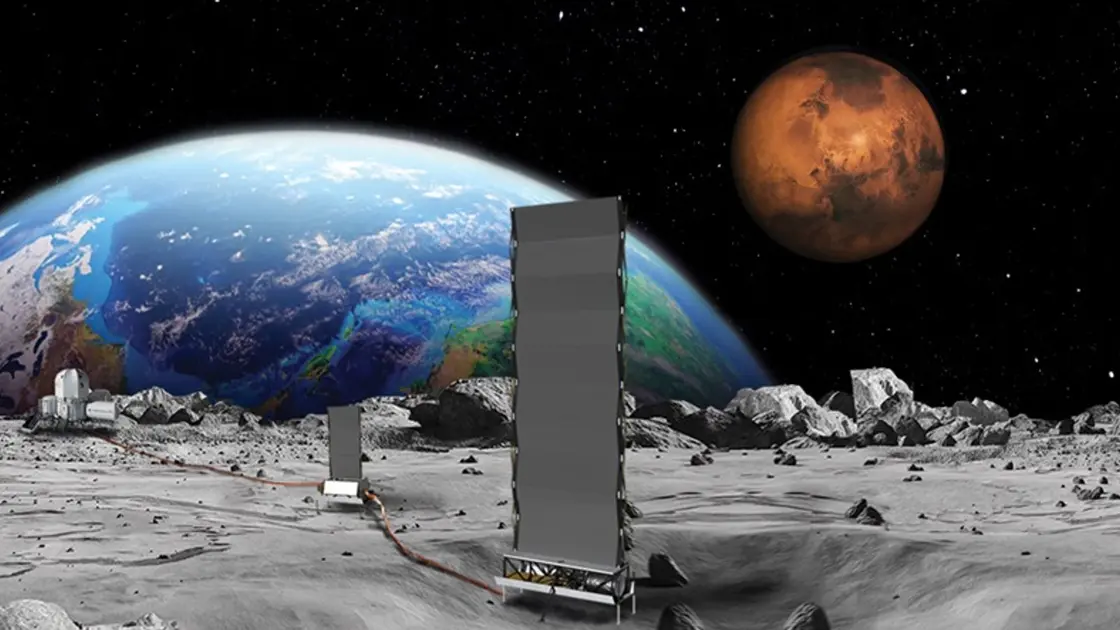
NASA plans to send nuclear reactor to the moon by 2030
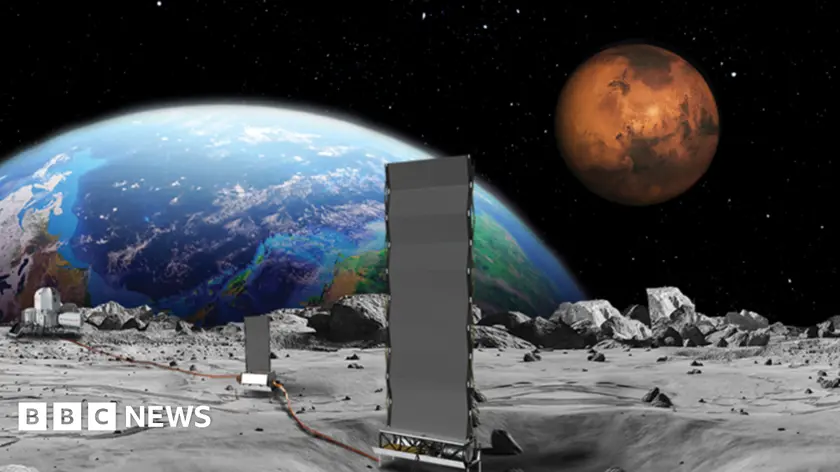
Nasa announces nuclear reactor plan for the Moon
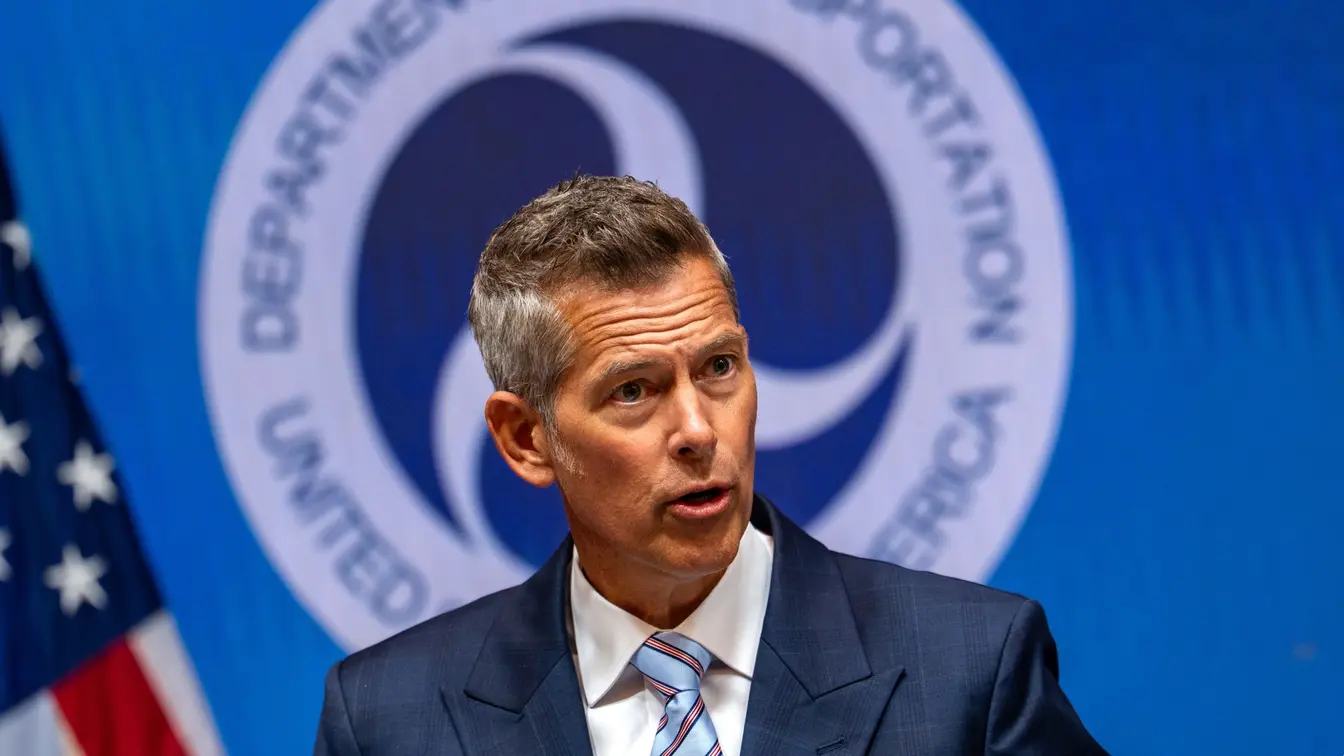
NASA plans nuclear reactor on the moon by 2030
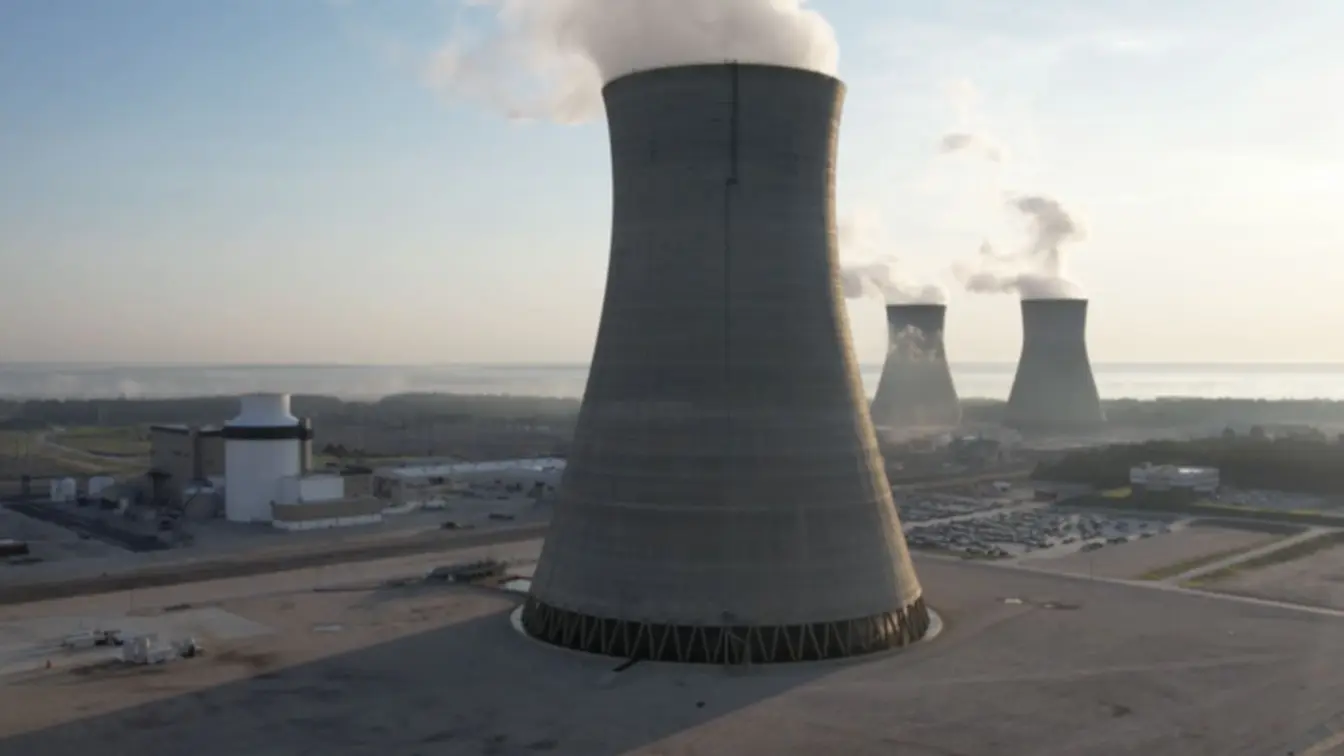
Westinghouse plans ten new nuclear reactors in U.S.
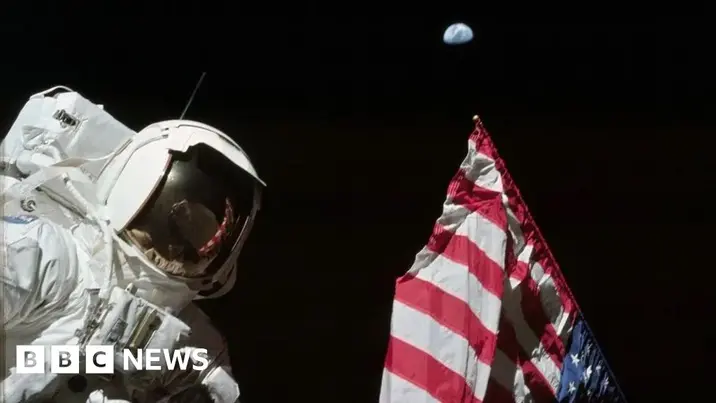
Apollo Moon veterans remain as Artemis advances
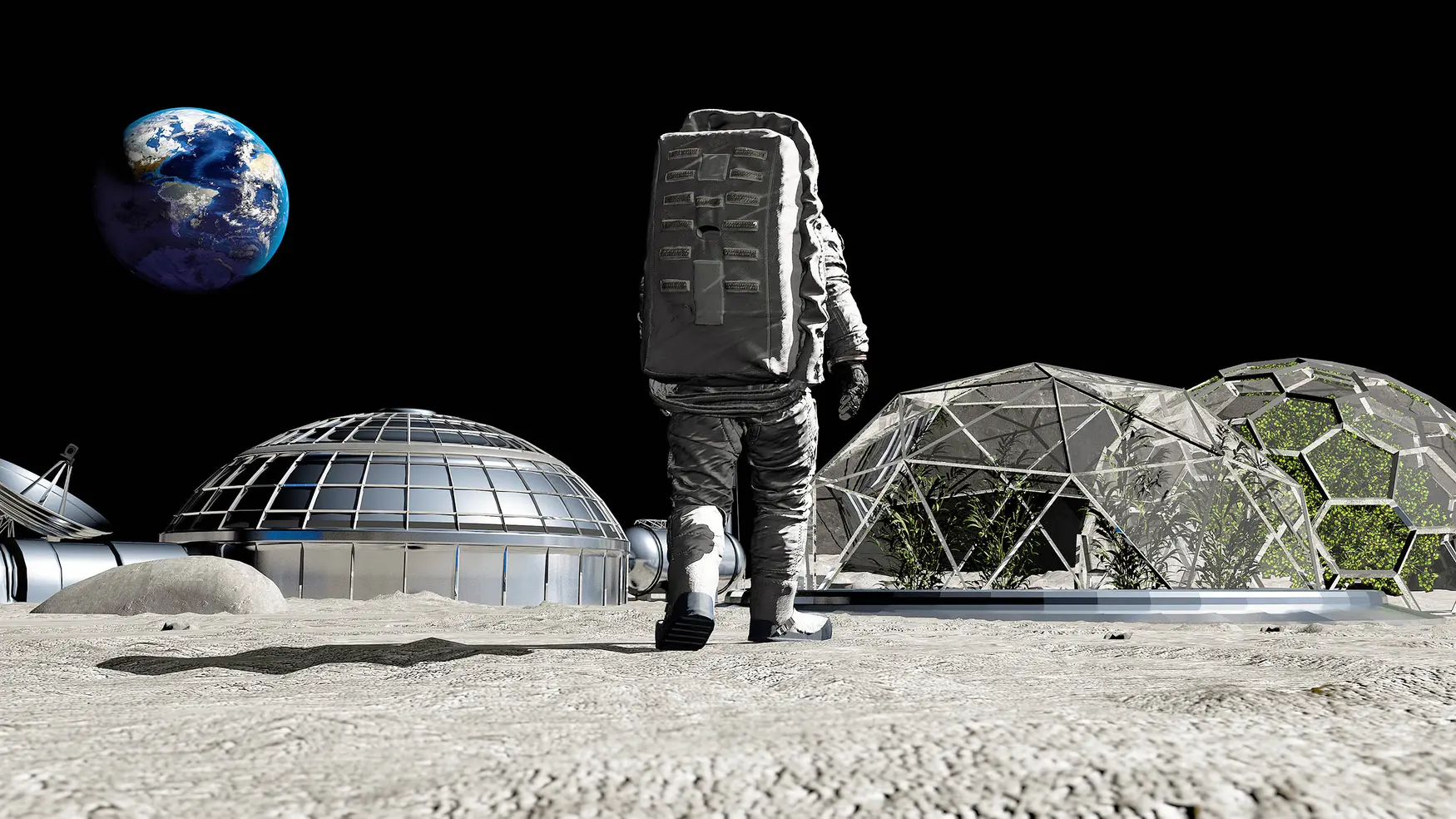
New method extracts water from lunar soil
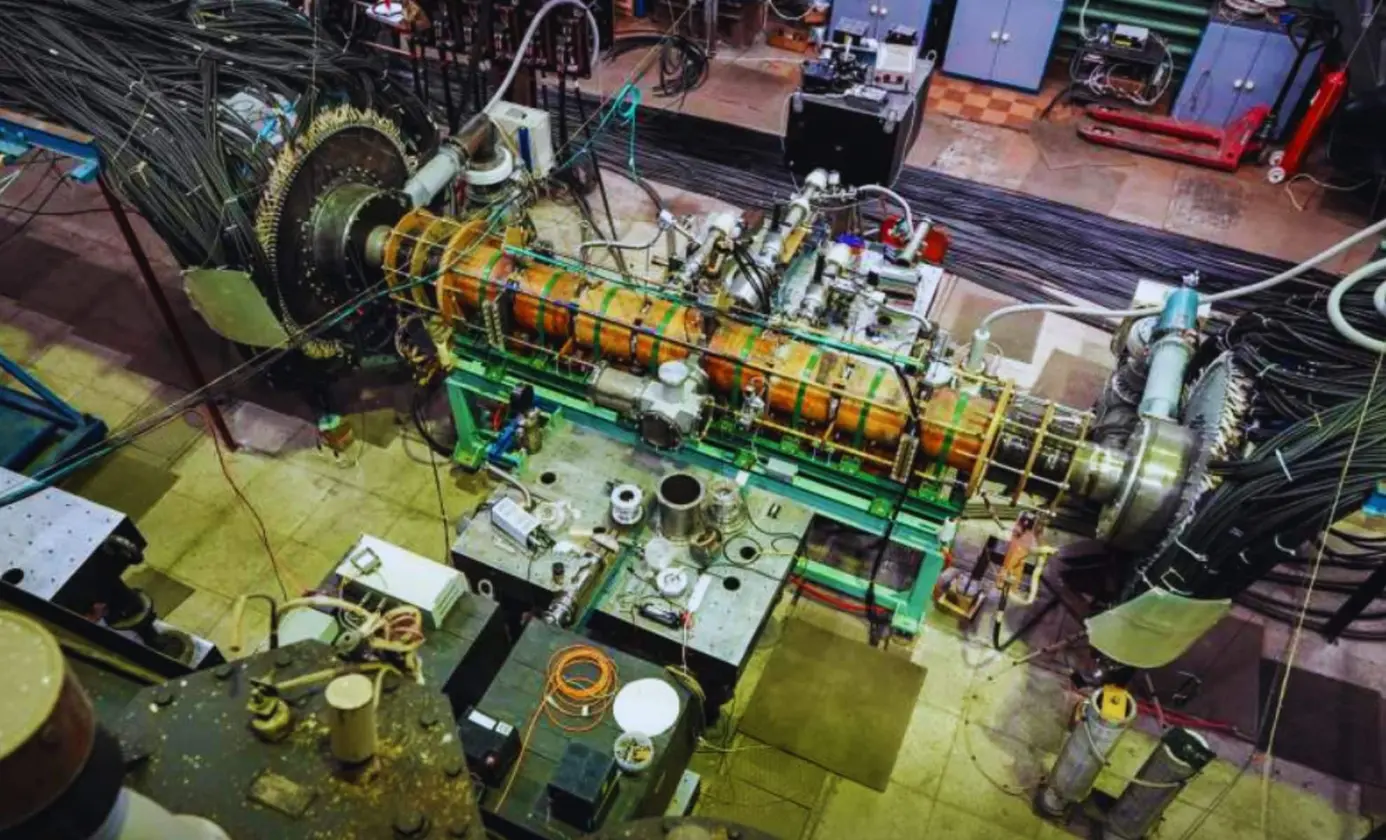
Russia develops plasma engine for faster Mars travel
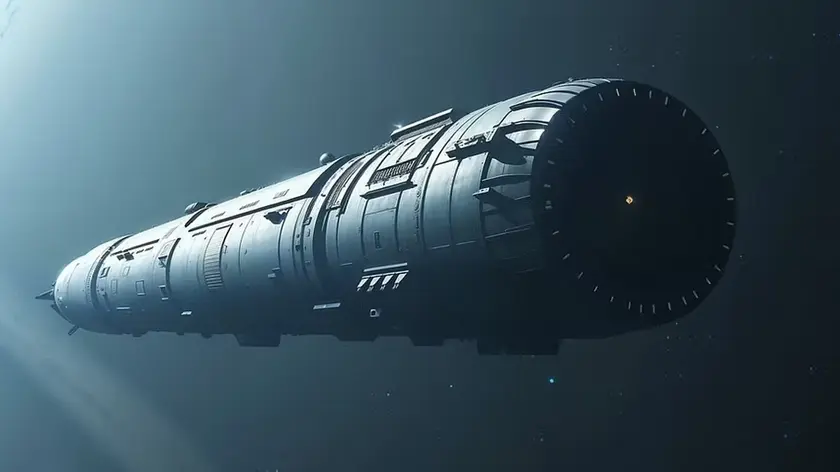
Chrysalis spacecraft wins design competition
